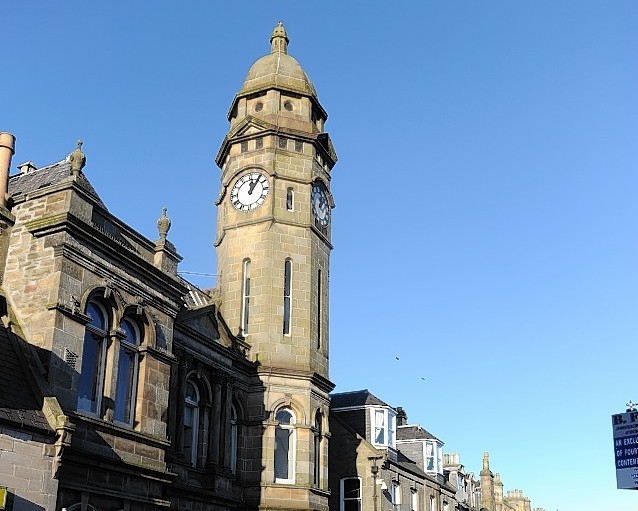Some of Moray’s most legendary landmarks could be demolished unless community groups volunteer to look after them.
The warning comes after councillors approved a new policy on how to deal with the area’s unused assets, such as Grant Lodge Park in Elgin and the Keith Institute.
When buildings are deemed surplus to local authority requirements, the council will investigate whether the community intends to take them on, and if not they will be mothballed or demolished.
However, during a meeting of the council’s policy and resources committee, elected members heard demolition would be a last resort.
The council’s corporate director Mark Palmer said: “Some assets do not fit within the council’s priorities, and we need a process to deal with those assets.
“We do have some buildings which fit that description, and we are looking to work formally with communities on community asset transfer opportunities.”
Mr Palmer explained that buildings deemed to serve no community purpose would be further investigated before councillors rendered a decision on what to do with them.
Council leader Stewart Cree said: “We will continue to do anything we possibly can to ensure that iconic buildings remain in use.
“The difficulty will be when no use can be identified for these buildings, and decisions would have to be made on whether to dispose of them.”
Moray Council convener Allan Wright questioned the use of the word “iconic” in describing the structures at risk.
Mr Wright said: “This is a much overused word nowadays.”
The council’s asset management working group will now form a work plan on how to judge whether properties have a council use.
